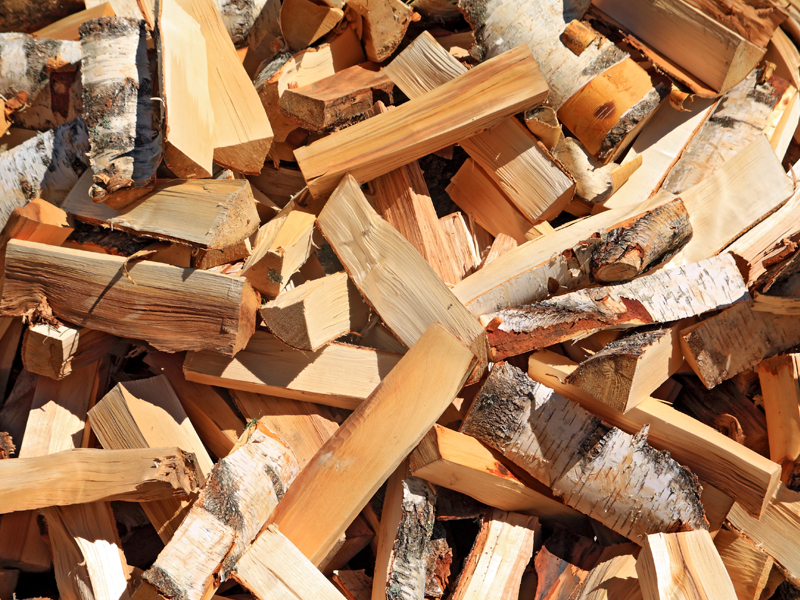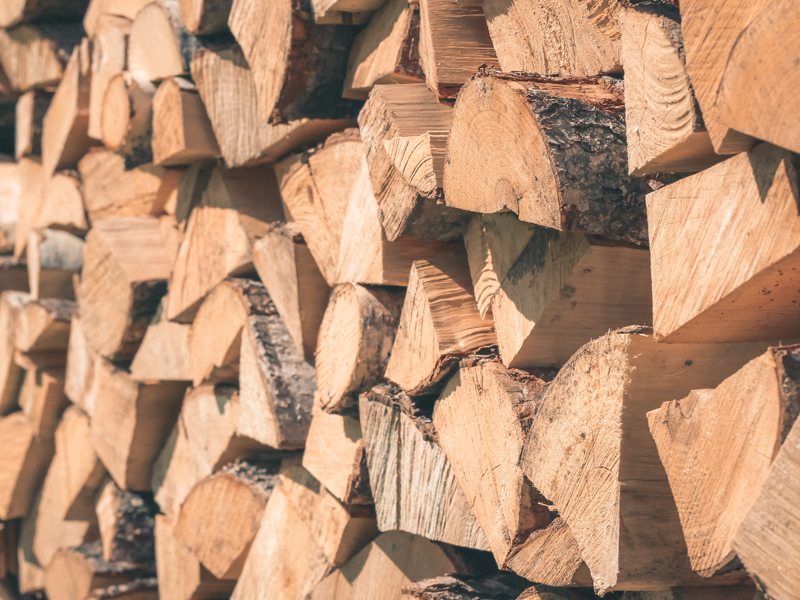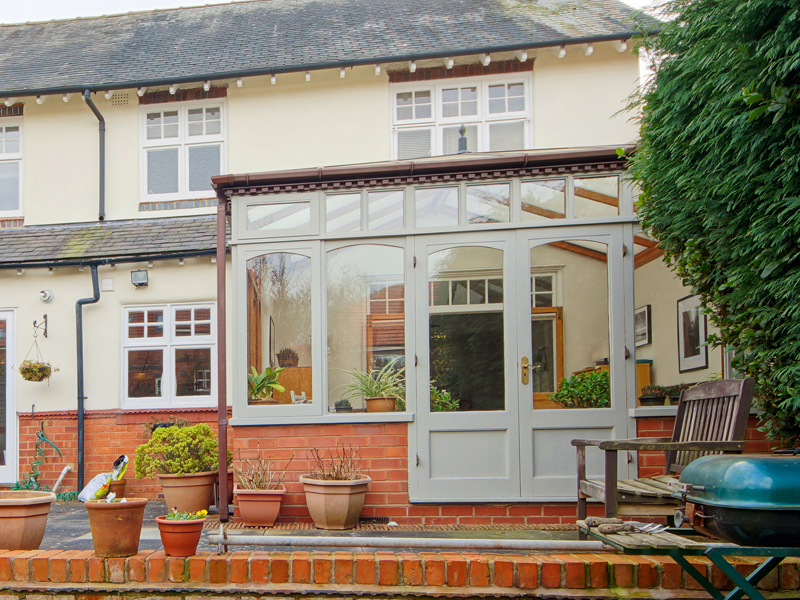LATEST INDUSTRY NEWS

Tried and Tested ways of Lighting your Fire…
With the use of a firelighter and a small amount of kindling, a small amount of heat will be produced to warm the flue. Firelighters can be an easier method as they burn at a steady rate, unlike newspaper which can differ dependent on its state when burned.
When using paper that is too lax, the paper will burn too fast and may not ignite the kindling; this will mean restarting the lighting process. Paper that is too compact will not combust properly and smoulder causing excessive smoke.
Traditional lighting steps
- Use two tabloid-size pieces of newspaper crumpled into a loose ball about the size of a cricket ball or firelighters and place them in the combustion chamber.
- Place small pieces of dried kindling into a triangular shape over the newspaper, allowing for air gaps. On larger appliances place two smallish logs on either side of the kindling to allow for larger logs to be placed over the well alight kindling.
- Ensure that the air controls are set to the manufacturer’s guidelines to make lighting as easy as possible.

WHY USING DRY WOOD IS SO IMPORTANT…
Burning wet wood will lead to an increase in smoke and emissions and produce little heat. It will also lead to a blackening of the stove glass and a build-up of soot in the chimney. Using dry wood also means that fewer logs are needed to produce the same level of heat.
The SIA recommends that only logs with a moisture content below 20% should be used in a stove. In fact, in 2021 the sale of wet wood (i.e. wood with a moisture content higher than 20%) in volumes under 2 cubic meters was phased out altogether following new government legislation announced in 2020.
Freshly cut wood can have a water content between 60% and 80% and, if used in a stove, will amount to burning mainly water. Freshly felled timber should be cut and split into small logs and left to dry in a covered but airy store, before being used. This can take between 12 and 36 months depending on the storage conditions and most importantly species.

New Scheme Launch by HETAS Champions Sweeping Competency…
HETAS has recently launched a new scheme offering sweeps, wood burning stove installers and servicing technicians an additional trusted badge of approval which will vouch for their sweeping and servicing competency.
The organisation’s Sweep and Service Scheme has been specifically designed for professional chimney sweeps to bolster their credentials and further improve consumer confidence in their business, whilst also showcasing their expertise and compliance to the very latest standards.
With a surge in consumer interest, the HETAS website, last September saw an increase of over 230% in chimney sweep searches, a trend that continued throughout the heating season, with consumers choosing to put their trust in HETAS registered businesses. As a result the organisation has identified the need to support sweeps in this way.
The scheme offers practical routes to HETAS approval depending on the applicant’s level of experience and qualifications – no matter whether the individual is fully qualified, an existing member of another professional sweeping association; or still gaining knowledge and experience, there is a way to join the scheme or complete the learning journey and register. The scheme offers registration for sweeping and servicing, just sweeping, or servicing separately.
Assessing an applicant’s mix of skills and knowledge, the appropriate route will be determined by the HETAS team who will be on hand to support throughout the registration process. The applicant then follows a straightforward process (according to their designated route).
Offering a host of benefits, the new scheme will allow those registrants to use the recognised HETAS brand and scheme logo, have a dedicated business profile page on the HETAS website, allow access to the HETAS shop including a range of equipment and support from the HETAS Technical Helpline to name but a few.

YOUR definitive Guide to Installing a Log Burner in Your Conservatory…
Can you have a log burner in a conservatory? Absolutely. For many homes in the UK or Republic of Ireland, the conservatory becomes an unusable room in the winter months. Having a log burner in the conservatory changes the way you can use this extra space.
Looking to install a log burner in your conservatory? A conservatory is a beautiful addition to any home, offering an extra space that can be enjoyed throughout the year. Many homeowners choose to use their conservatory as a second living room or even a dining area, and adding a log burner can make it even more cosy and welcoming.
Firstly, it’s important to ensure that your conservatory is suitable for a wood burning stove. A log burner should be kept away from combustible materials and doors, and your installer will also need to consider whether a prefabricated metal chimney can be short and self-supporting (within regulation), or whether it needs to be attached to the main building wall to get past the roof level.
Another thing to consider is the ventilation in your conservatory – or, perhaps more appropriately, the air supply your log burner needs. Some wood burning stoves offer an excellent solution for conservatories by providing the option of a direct external air supply. This feature enables the appliance to take combustion air directly from outside the property, thus reducing internal drafts.
When installing a wood burning stove in your conservatory, it’s important to comply with the relevant regulations. A log burner must be installed by a professional who is qualified and registered with a competent person scheme. They will be able to advise you on the appropriate stove for your conservatory, as well as any installation requirements. For example, you may need to install a non-combustible constructional hearth, depending on the type of log burner you choose.
Here at The Fireplace & Stove Co. we offer the complete package. From the minute you walk into our showroom until the very first time you light your new stove.
Contact us today for further details or information.
Head Office Address: 23, Heart of the Country Shopping Village, Lichfield, Staffordshire WS14 9QR
Telephone: 01543 480444
Email: info@thefireplaceandstove.co.uk
Opening Hours:
Mon: Closed
Tue: 10am till 4.00pm
Wed: 10am till 4.00pm
Thu: 10am till 4.00pm
Fri: 10am till 4.00pm
Sat: 10am till 4.00pm
Sun: 10am till 3.00pm
Areas Covered
• Aldridge • Abbots Bromley • Barton-under-Needwood • Birmingham • Brownhills • Burton-upon-Trent • Cannock • Coleshill • Derby • Hednesford • Kings Bromley • Lichfield • Rugeley • Shenstone • Solihull • Stafford • Staffordshire • Sutton Coldfield • Tamworth • Walsall • West Bromwich • Willenhall • Wolverhampton
• Log Burners Aldridge • Log Burners Barton-under-Needwood • Log Burners Birmingham • Log Burners Brownhills • Log Burners Burton-upon-Trent • Log Burners Cannock • Log Burners Coleshill • Log Burners Derby • Log Burners Hednesford • Log Burners Lichfield • Log Burners Rugeley • Log Burners Shenstone • Log Burners Solihull • Log Burners Staffordshire • Log Burners Sutton Coldfield • Log Burners Tamworth • Log Burners Walsall • Log Burners West Bromwich • Log Burners Wolverhampton • Log Burners Stafford